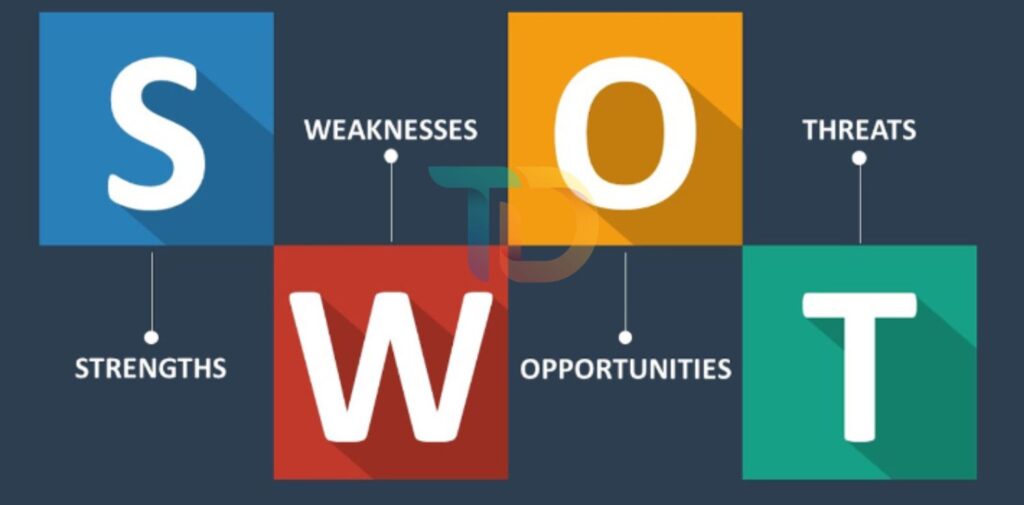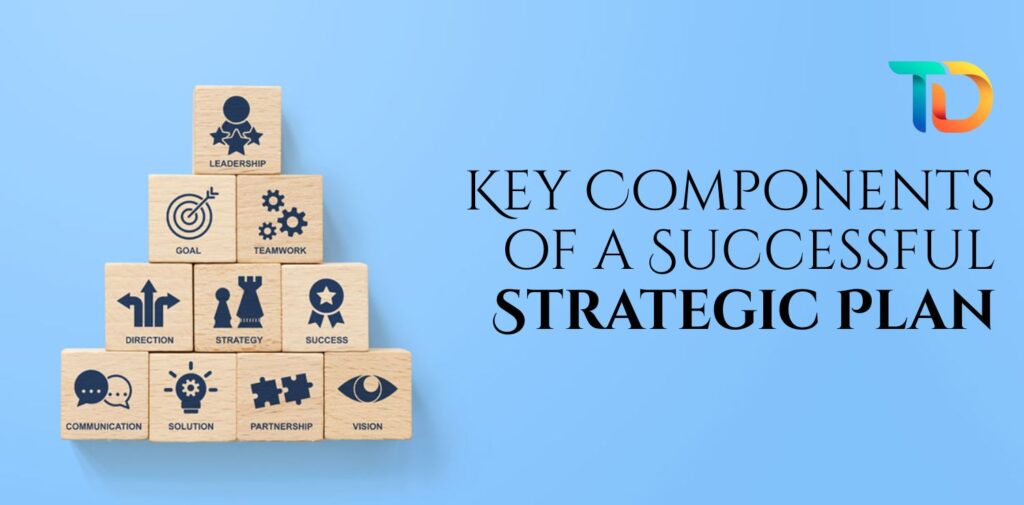A strategic plan is a roadmap that outlines how a business will achieve its long-term goals. For businesses in India, having a well-structured strategic plan is essential to navigate through challenges, compete in the market, and grow sustainably. A successful strategic plan helps business leaders make informed decisions and ensures that everyone in the company is working towards a common vision. In this article, we will explore the key components of a successful strategic plan and how businesses in India can create one.
Clear Vision and Mission
The foundation of any strategic plan lies in a clear vision and mission. A vision statement defines where the business wants to be in the future, while the mission statement explains the company’s purpose and how it will achieve its goals. These two elements are crucial as they guide the direction of the strategic plan and provide a sense of purpose to employees, customers, and stakeholders.
For example, in India, a company in the renewable energy sector might have a vision to become the leading provider of sustainable energy solutions. Its mission could focus on providing affordable and eco-friendly energy options to rural communities. By having a clear vision and mission, businesses ensure that their strategic plan stays aligned with their long-term goals and values.

SWOT Analysis
Before developing a strategy, businesses need to understand their strengths, weaknesses, opportunities, and threats (SWOT). A SWOT analysis helps businesses assess their internal capabilities and external environment. This analysis provides valuable insights into areas where the business excels and where it needs improvement. It also highlights potential opportunities and threats in the market.
For example, an Indian manufacturing company might identify its strength as having a skilled workforce and strong supply chain management. However, its weakness could be a lack of online presence, and an opportunity might be the growing demand for its products in international markets. By conducting a thorough SWOT analysis, businesses can develop a strategy that capitalizes on their strengths, addresses weaknesses, and seizes opportunities.
Setting Specific Goals and Objectives
Once a business understands its current situation, it needs to set clear and achievable goals. Setting specific, measurable, achievable, relevant, and time-bound (SMART) goals is essential for ensuring progress. These goals should align with the vision and mission of the company and be broken down into smaller, manageable objectives.
For instance, if a business in India has a goal to increase revenue by 20% over the next year, it can set specific objectives, such as improving sales by expanding into new regions, launching new products, or improving customer retention. Setting clear goals and objectives provides direction and helps the business measure its success along the way.
Action Plans and Resource Allocation
A successful strategic plan also requires detailed action plans. Action plans outline the specific steps needed to achieve the goals and objectives. They should include tasks, timelines, responsible individuals, and resources required to execute the plan effectively. In India, where businesses often face resource constraints, it’s important to allocate resources wisely to achieve the desired outcomes.
For example, a retail business planning to expand its reach could create an action plan that involves market research, opening new stores, hiring staff, and launching marketing campaigns. Each task should have a deadline, and the necessary budget and resources should be allocated to ensure smooth execution.

Monitoring and Evaluation
The final component of a successful strategic plan is regular monitoring and evaluation. It’s essential to track progress and make adjustments as needed to stay on track. Key performance indicators (KPIs) are used to measure success and assess whether the business is moving towards its goals. In India, where market conditions and consumer preferences can change rapidly, businesses must be flexible and ready to adjust their strategies as necessary.
For example, if a business in the food industry set a goal to increase customer satisfaction, it can monitor customer feedback, track repeat purchases, and analyze product reviews. If the feedback indicates areas for improvement, the business can adjust its strategy accordingly to address customer concerns.
Conclusion
In conclusion, a successful strategic plan is made up of several key components, including a clear vision and mission, a thorough SWOT analysis, well-defined goals and objectives, action plans, and a system for monitoring progress. For businesses in India, creating a strategic plan that aligns with their long-term vision and goals is essential for success in today’s competitive market. By focusing on these components, businesses can navigate challenges, make informed decisions, and ensure sustainable growth in the years ahead. A well-crafted strategic plan not only sets the direction for the business but also provides the framework for achieving long-term success.


